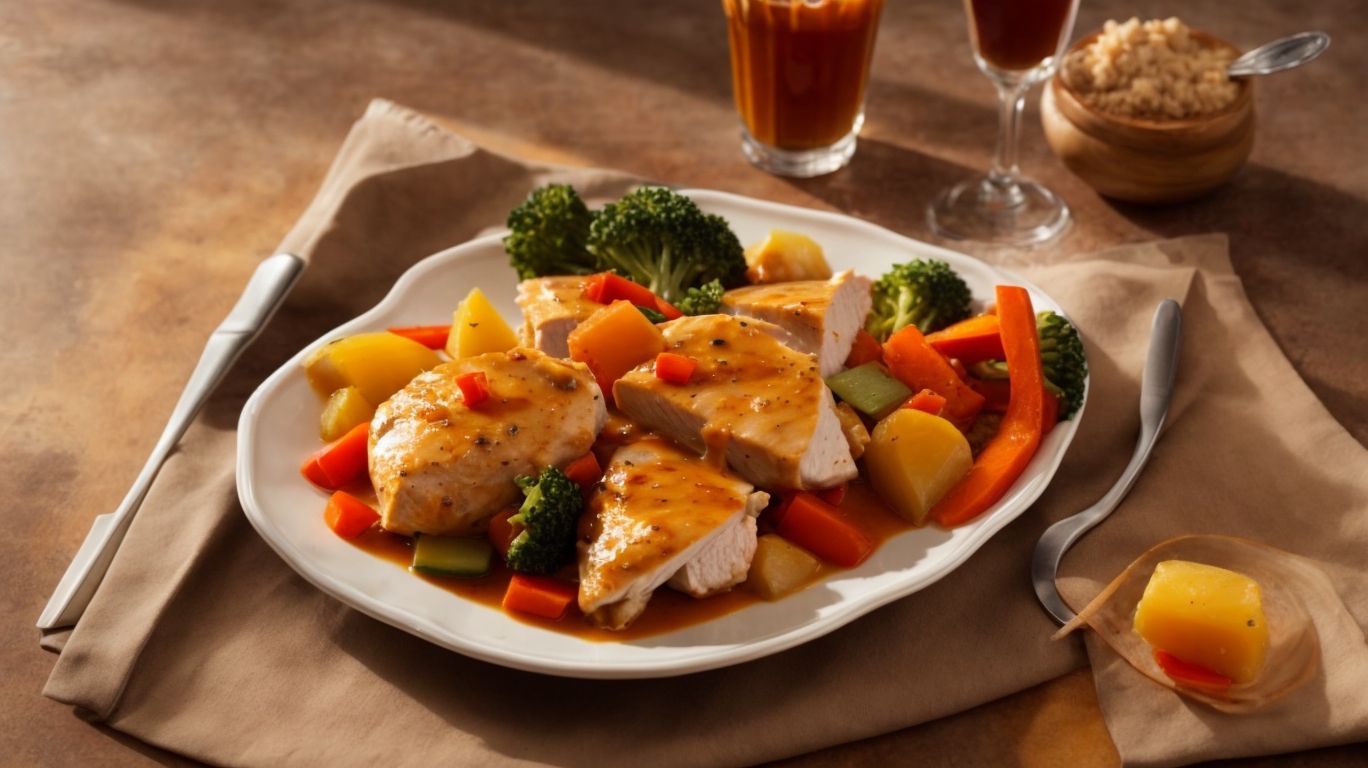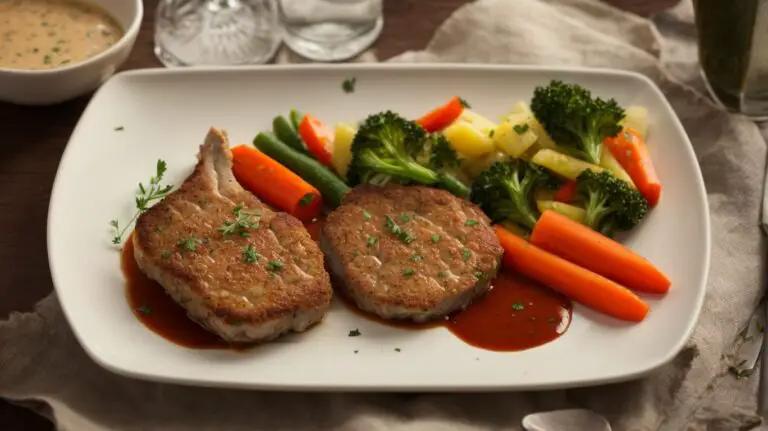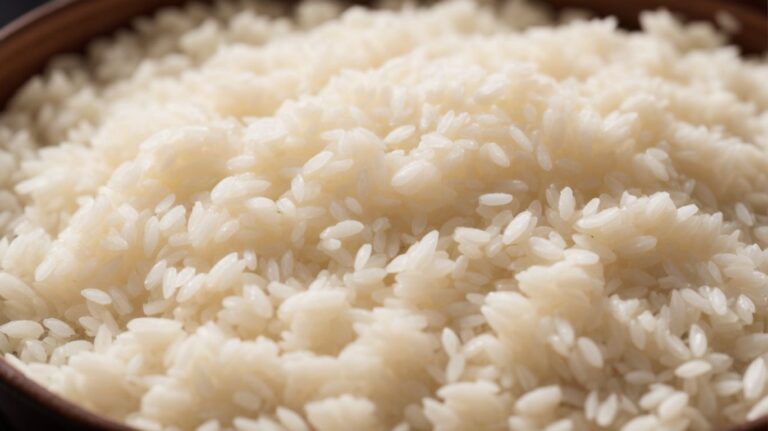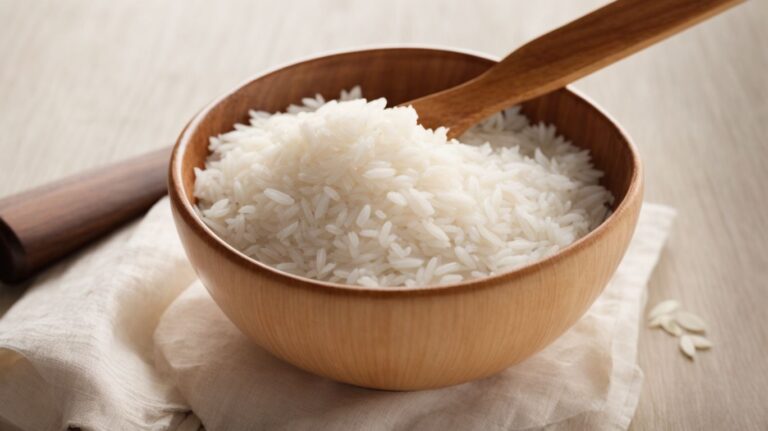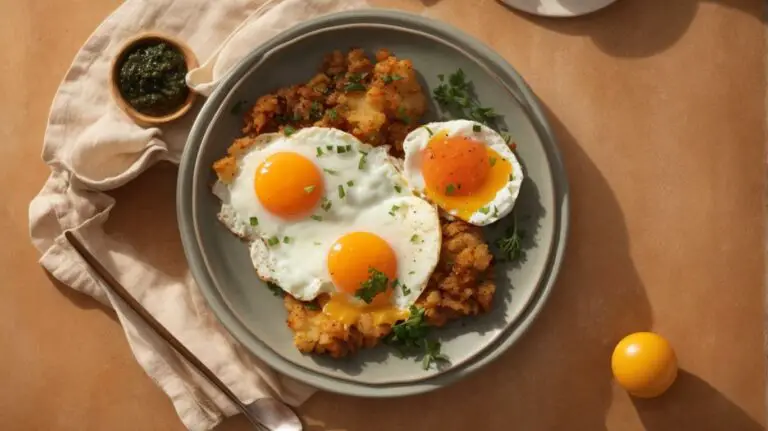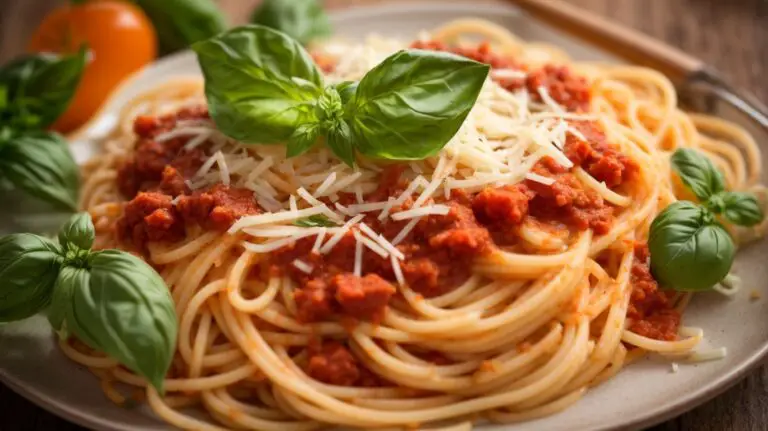How to Cook Chicken After Velveting?
Have you ever heard of the cooking technique called velveting?
We explore what velveting is and the benefits of using this method to prepare chicken. We will guide you through the process of velveting chicken, including marinating the meat and cooking it to perfection.
Discover some delicious recipes for cooked velveted chicken and common mistakes to avoid. Learn how to store leftover velveted chicken and more!
Key Takeaways:
What is Velveting?
Velveting is a Chinese cooking technique that involves marinating meat, typically chicken, to achieve a tender and velvety texture.
This method not only helps the chicken retain its juiciness but also creates a thin protective coating that locks in the natural flavors. Chinese velveting often employs a combination of ingredients like soy sauce, rice wine, cornstarch, and sometimes egg white in the marinade, which tenderizes the meat while adding depth to its taste profile. The process of velveting is deeply rooted in Chinese culinary traditions, passed down through generations. Variations of this method can be seen in different regions of China, each adding its unique twist to the technique.
What Are The Benefits Of Velveting Chicken?
Velveting chicken offers numerous benefits such as creating a tender, juicy texture, enhancing flavor absorption, and improving the overall cooking technique.
One of the key advantages of velveting chicken is the way it seals in the natural juices, keeping the meat exceptionally moist throughout the cooking process. This moisture retention is crucial for preventing the chicken from drying out, resulting in a succulent and flavorful dish.
Velveting enhances the flavor absorption capacity of the chicken, allowing it to soak up marinades and seasonings more effectively. This results in a more pronounced taste profile, as every bite bursts with delicious seasoning.
The velveting process helps in achieving a consistent, tender texture for the chicken, making it a versatile ingredient that can be used in various dishes, from stir-fries to soups and salads.
How To Velvet Chicken?
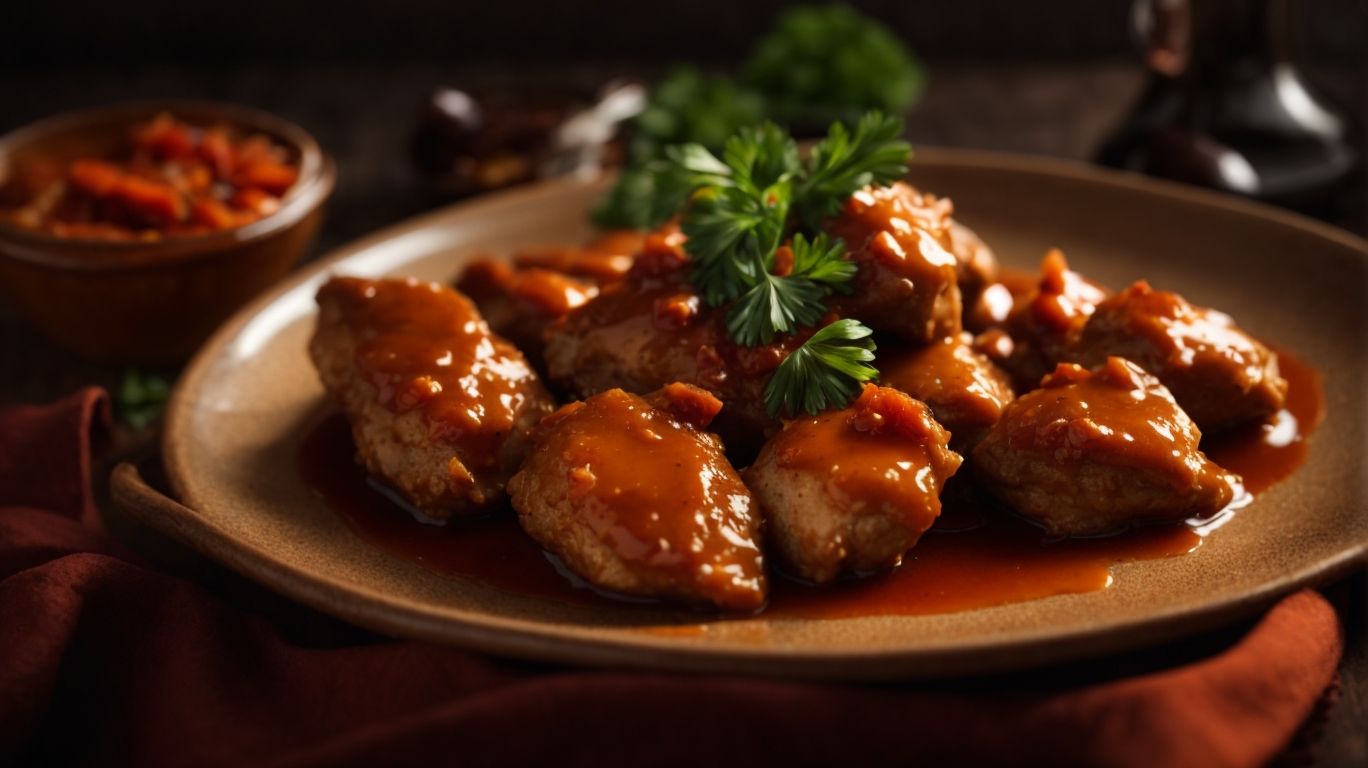
Credits: Poormet.Com – Dennis Harris
To velvet chicken, you need to start by preparing a marinade that includes ingredients like soy sauce and egg white, followed by marinating the poultry to achieve a velvety texture.
The key to a successful chicken velvet texture lies in the marinating process. Once you have combined the soy sauce, egg white, and other seasonings in your marinade, make sure to completely coat the poultry pieces with this mixture. This ensures that the flavors penetrate the meat, enhancing its tenderness and juiciness.
After coating the chicken, allow it to marinate for at least 30 minutes in the refrigerator. This step is crucial for the meat to absorb all the flavors and for the velveting process to take place effectively. Marinating helps in tenderizing the poultry, resulting in a more succulent and flavorful dish.
Marinating The Chicken
Marinating the chicken is a crucial step in the velveting process, where a blend of soy sauce, egg white, and other ingredients tenderize the meat and impart flavor.
This marination technique not only enhances the texture of the chicken but also helps to seal in the moisture, resulting in juicy and flavorful meat. The soy sauce acts as a savory base, infusing the chicken with umami notes, while the egg white helps to create a delicate coating that locks in the marinade flavors. Ingredients like garlic, ginger, and rice wine can be added to further elevate the taste profile of the dish.
Preparing The Cornstarch Mixture
Preparing the cornstarch mixture is essential for velveting chicken as it helps in creating a protective coating that seals in moisture and adds a delicate crispness to the dish.
When mixed with a marinade, the cornstarch not only provides a glossy finish but also acts as a barrier, ensuring that the chicken retains its juiciness during high-heat cooking methods. To prepare this crucial mixture, simply combine cornstarch with a liquid such as soy sauce or egg whites, giving it a smooth consistency that adheres well to the meat.
When applying the cornstarch mixture, ensure that each piece of chicken is evenly coated to achieve consistent results. Let the chicken marinate for at least 30 minutes, allowing the cornstarch to work its magic before proceeding with the cooking process.
Cooking The Chicken
Cooking the velveted chicken involves using high heat in a wok or skillet with soy sauce and oil to achieve a succulent and flavorful dish.
Velveting chicken is a Chinese cooking technique that creates tender and juicy chicken through a process of marinating and pre-cooking before stir-frying. When using high heat in a wok or skillet, the thin strips of marinated chicken cook quickly, sealing in juices and flavors. The combination of soy sauce and oil not only adds depth but also helps in achieving the velvety texture that sets this dish apart.
How To Cook Chicken After Velveting?
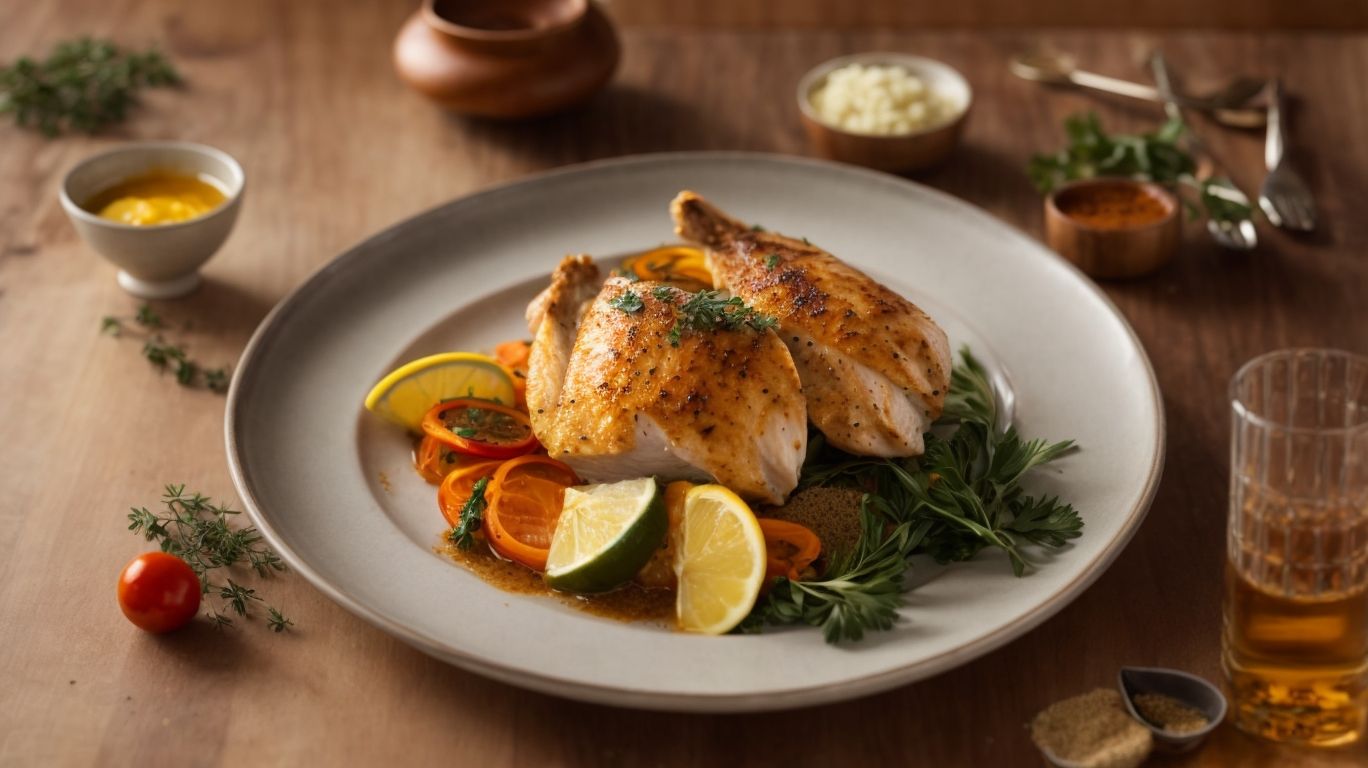
Credits: Poormet.Com – Jordan Torres
After velveting the chicken, you can explore various cooking methods such as stir-frying, deep-frying, or baking to create delicious and versatile dishes.
For stir-frying, quickly cook the velveted chicken in a hot pan with oil and vibrant vegetables, retaining its tenderness and moisture while achieving a delightful charred flavor.
When deep-frying, coat the chicken pieces in a crispy batter or breading to achieve a satisfying crunch on the outside while ensuring the meat stays juicy inside.
Baking the chicken offers a healthier alternative, giving the dish a savory taste with minimal oil usage, making it a popular choice for those looking for a lighter meal option.
Stir-frying The Chicken
Stir-frying the velveted chicken in a hot wok with soy sauce and vegetables results in a quick and flavorful dish that showcases the tender texture of the meat.
When stir-frying velveted chicken, it’s essential to ensure that your wok is smoking hot before adding the ingredients. This quick cooking method requires constant stirring and high heat to seal in the juices and flavors. The soy sauce not only adds saltiness but also imparts a rich umami taste to the dish.
For the perfect stir-fry, it’s crucial to cut your vegetables uniformly to ensure even cooking. The vibrant colors and crunch of the vegetables complement the succulent chicken beautifully.
Deep-frying The Chicken
Deep-frying velveted chicken results in a crispy exterior while retaining a moist and flavorful interior, making it a popular cooking method for indulgent dishes.
Velveting the chicken prior to deep-frying involves marinating it in a mixture of cornstarch, soy sauce, and egg whites to lock in moisture and tenderize the meat. When the velveted chicken is carefully lowered into hot oil, the outer coating crisps up quickly, creating a delicious contrast to the succulent interior. To ensure that the chicken cooks evenly, maintain a constant oil temperature and avoid overcrowding the frying pan.
- Choosing the right oil for deep-frying is crucial. Opt for oils with high smoke points such as peanut, canola, or vegetable oil. These oils can withstand the high temperatures required for deep-frying without burning or imparting off-flavors to the chicken.
Baking The Chicken
Baking velveted chicken in the oven ensures a tender, juicy outcome with enhanced flavors, perfect for healthier and fuss-free meal options.
Velveting the chicken before baking involves marinating the meat in a mixture of cornstarch, egg whites, and seasonings to seal in moisture and create a velvety texture.
This coating not only tenderizes the chicken but also provides a protective barrier during the baking process to prevent moisture loss.
For optimal results, preheat the oven to 375°F (190°C), and bake the chicken until it reaches an internal temperature of 165°F (74°C).
What Are The Best Recipes For Cooked Velveted Chicken?
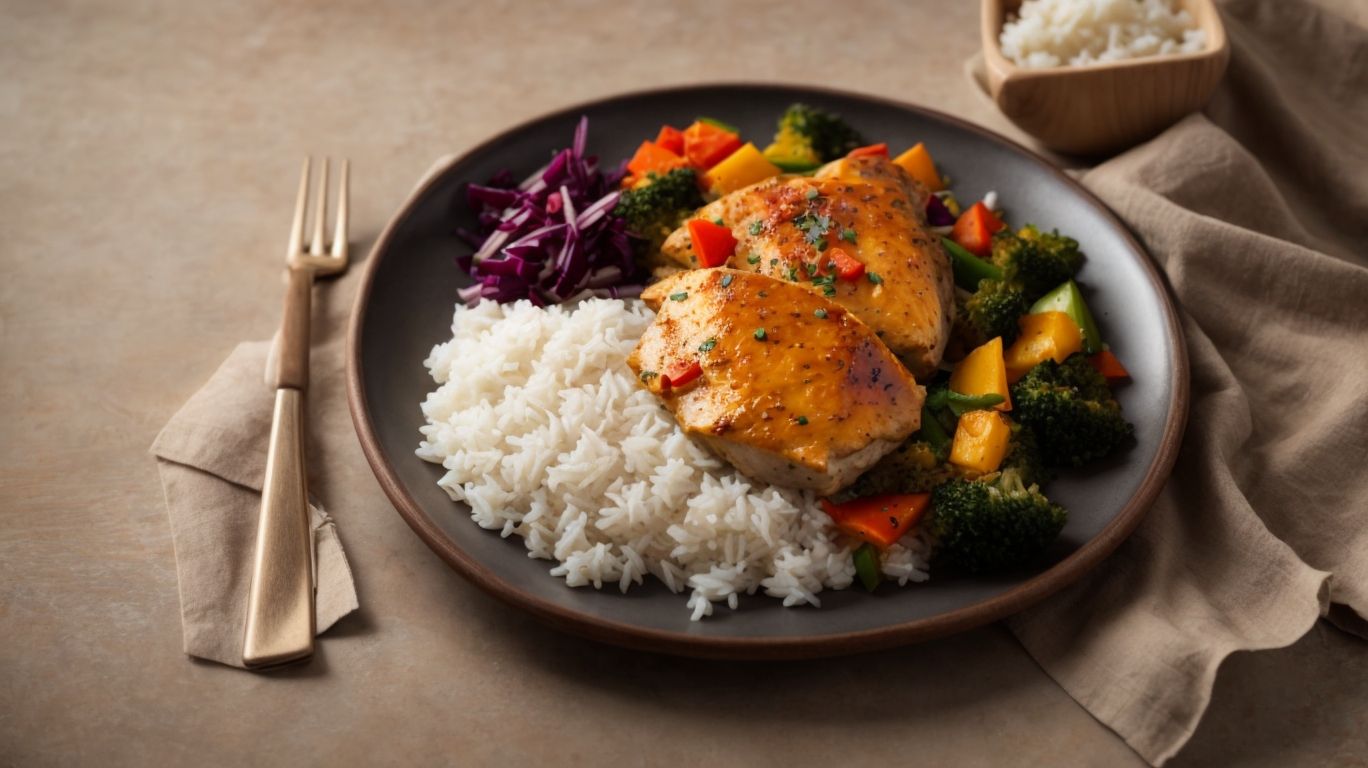
Credits: Poormet.Com – Christian Torres
There are several delicious recipes for cooked velveted chicken, including classic stir-fries, vegetable pairings, and flavorful sauces that showcase the tender and juicy texture of the meat.
One popular dish that exemplifies the versatility of velveted chicken is the famous Chicken and Broccoli stir-fry. This recipe combines tender pieces of velveted chicken with vibrant broccoli florets in a savory sauce that is both comforting and satisfying. The velveting technique ensures that the chicken remains succulent and moist, making each bite a flavorful experience.
For those looking to explore more innovative flavor combinations, a Sweet and Sour Velveted Chicken recipe might be a perfect choice. This dish features tangy sweet and sour sauce drizzled over velvety chicken, bell peppers, and pineapple, creating a harmonious blend of flavors that dance on your taste buds.
Velveted Chicken Stir Fry
Velveted Chicken Stir Fry is a popular and versatile dish that combines tender chicken, vibrant vegetables, and savory sauces cooked in a wok or skillet for a quick and flavorful meal.
One key step in preparing a delicious Velveted Chicken Stir Fry is marinating the chicken. To achieve tender and velvety chicken pieces, marinate thin slices of chicken breast in a mixture of cornstarch, soy sauce, and egg white for at least 30 minutes. This process helps lock in moisture and adds a silky texture to the chicken.
When stir-frying the marinated chicken, ensure your wok or skillet is preheated properly to high heat. This quick cooking method preserves the natural flavors and nutrients of the ingredients while creating a delightful blend of textures.
For the sauce, combine soy sauce, oyster sauce, sesame oil, and a dash of rice wine vinegar. This savory and slightly sweet sauce enhances the overall taste of the dish.
Velveted Chicken and Broccoli
Velveted Chicken and Broccoli is a classic combination that features tender chicken pieces, crisp broccoli florets, and a savory soy sauce-based sauce for a comforting and nutritious meal.
Velveting the chicken is a crucial step in achieving that signature melt-in-your-mouth texture. To velvet the chicken, you need to marinate it in a mixture of egg whites, cornstarch, and sherry wine before briefly blanching in hot oil or water. This technique seals in moisture and gives the chicken a velvety-smooth texture.
Regarding prepping the broccoli, blanching it for a short time ensures that it remains vibrant green and retains a slight crunch, offering a perfect contrast to the tender chicken.
The sauce, made with a blend of soy sauce, oyster sauce, garlic, ginger, and a touch of sugar, brings a harmonious balance of umami, sweetness, and savory notes to the dish, elevating the flavors of the chicken and broccoli.
Velveted Chicken and Vegetables in Oyster Sauce
Velveted Chicken and Vegetables in Oyster Sauce is a delectable dish that combines succulent chicken, assorted vegetables, and a savory oyster sauce for a flavorful and satisfying meal.
To achieve the velvety texture of the chicken in this dish, it is essential to marinate thin slices of chicken in a mixture of egg white, cornstarch, and a dash of salt before briefly blanching them in hot oil or water. This process tenderizes the chicken, ensuring a velvety smooth mouthfeel.
When selecting vegetables for this dish, opt for colorful varieties like bell peppers, broccoli, and snap peas to add both visual appeal and a range of textures.
Creating the oyster sauce involves combining oyster sauce, soy sauce, chicken broth, and a hint of sugar for a harmonious blend of sweet and savory.
What Are The Common Mistakes To Avoid When Cooking Velveted Chicken?
To ensure a perfect dish, it’s crucial to avoid common mistakes when cooking velveted chicken, such as overcooking, using the wrong oil, and neglecting to drain excess liquid before cooking.
Overcooking velveted chicken can result in a tough and dry texture, ruining the delicate velveting process. To prevent this, make sure to cook the chicken just until it turns opaque and is no longer pink inside.
Choosing the right oil is essential for velveted chicken. Opt for oils with high smoke points like peanut oil or vegetable oil to avoid burning and impart a burnt flavor to the dish.
Draining excess liquid from the chicken before cooking is crucial as it can lead to steaming instead of searing. Pat the chicken dry with paper towels to remove excess marinade or liquid for a perfect velveting result.
Overcooking The Chicken
Overcooking velveted chicken can lead to a loss of tenderness, moisture, and flavor, compromising the overall dining experience.
When cooking velveted chicken, it is crucial to maintain the ideal cooking time to preserve its delicate texture and juiciness. An overcooked piece of chicken can turn tough and dry, making it less enjoyable to savor. To prevent this, keep a close eye on the cooking process and use visual cues like the chicken turning white and opaque to gauge its readiness. Generally, velveted chicken only needs a short cooking time to ensure it stays moist and tender. Depending on the thickness of the slices, a cooking time of about 2-3 minutes on each side is often sufficient.
Using The Wrong Oil
Choosing the right oil is essential for cooking velveted chicken as it influences the dish’s flavor, texture, and overall cooking process.
When determining the appropriate oil for velveted chicken, consider that oil smoke points play a crucial role. Oils with high smoke points such as avocado, peanut, or refined safflower oil are ideal for high-temperature cooking methods like velveted chicken, preventing the oil from breaking down and imparting undesirable flavors.
Flavor compatibility is another key aspect; for instance, using sesame oil adds a nutty richness, while olive oil offers a fruity undertone. Incorporating the right oil not only enhances the taste but also ensures the chicken remains tender and succulent. Embrace these insights to elevate your culinary creations.
Not Draining Excess Liquid Before Cooking
Failing to drain excess liquid from velveted chicken before cooking can result in steaming rather than searing, affecting the dish’s texture and flavor negatively.
One effective method to remove excess liquid from velveted chicken is to use a colander or sieve. Simply place the chicken over the colander and gently press down to release any accumulated moisture. It’s crucial to allow the chicken to sit for a few minutes to ensure most of the fluids drain off.
Another useful technique is to pat the velveted chicken dry with paper towels. After velveting, gently press each piece between paper towels to soak up any remaining liquid. This step not only helps with excess moisture removal but also aids in creating a crispier exterior when cooked.
Remember, reducing excess liquid not only prevents steaming but also promotes better browning and caramelization, enhancing the overall taste and appearance of your dish.
How To Store Leftover Velveted Chicken?
Properly storing leftover velveted chicken is essential to maintain its quality and freshness, whether through refrigeration, freezing, or reheating for later consumption.
When refrigerating velveted chicken leftovers, ensure they are transferred to airtight containers or resealable plastic bags to prevent exposure to air and moisture. Place the containers in the refrigerator within two hours of cooking to enhance longevity. Label each container with a date to track freshness and consume within 3-4 days for optimal quality.
Alternatively, freezing velveted chicken is ideal for longer-term storage. Package the chicken in freezer-safe containers or heavy-duty freezer bags, removing excess air to prevent freezer burn. Proper labeling with the item name and freezing date is crucial for organization and tracking.
For reheating, if the frozen velveted chicken is stored in the freezer, thaw it overnight in the refrigerator to maintain moisture. Reheat on the stovetop or in the oven to preserve the original texture and flavors of the dish.
Refrigerating The Chicken
Refrigerating leftover velveted chicken helps maintain its freshness and flavor, ensuring that it stays safe for consumption within a recommended timeframe.
When refrigerating velveted chicken, it’s essential to store it at a consistent temperature, ideally below 40°F, to prevent bacterial growth and maintain its quality. Utilizing airtight containers or resealable plastic bags can help prolong the chicken’s freshness and protect it from absorbing odors from other foods in the fridge.
For optimal food safety, consume refrigerated velveted chicken within 3-4 days of preparation. When reheating, ensure that the chicken reaches an internal temperature of 165°F to eliminate any harmful bacteria. Quality assessment is crucial; discard chicken if it appears slimy, has an off-smell, or shows any signs of mold growth.
Freezing The Chicken
Freezing excess velveted chicken can prolong its shelf life and offer a convenient option for future meals, provided it is properly packaged and labeled for easy identification.
When freezing velveted chicken, start off by portioning it into meal-sized servings to prevent the need for refreezing. Use airtight containers or heavy-duty freezer bags to maintain freshness and prevent freezer burn. Label these packages with the date of freezing to track freshness and ensure timely consumption.
When ready to use the frozen chicken, safely thaw it in the refrigerator overnight to maintain its texture and juiciness. Alternatively, you can defrost it quickly in a bowl of cold water or in the microwave on a defrost setting.
Cooking from frozen is a simple option for busy days. You can bake, grill, or sauté the chicken straight from the freezer with slightly adjusted cooking times. This method helps save time and minimizes food waste.
Optimizing your freezer space by organizing it efficiently will not only enable you to store velveted chicken but also other chicken dishes conveniently. This allows you to have a variety of pre-prepared meals at your fingertips whenever needed.
Reheating The Chicken
Reheating velveted chicken requires gentle heating methods to preserve its tenderness and juiciness, ensuring that the dish retains its original flavor and quality.
When reheating velveted chicken, it’s important to avoid using high heat, as this can lead to overcooking and toughening of the meat. One recommended method is to gently reheat the chicken in the microwave in short intervals, covering it with a damp paper towel to retain moisture.
For stovetop reheating, use a non-stick pan over low to medium heat. Add a splash of chicken broth or water to prevent drying out the chicken. Stir frequently to ensure even warming and prevent sticking to the pan.
When reheating, consider adding a squeeze of fresh lemon juice or a sprinkle of fresh herbs to refresh the flavors. Serve the reheated chicken over a bed of greens, in a sandwich, or alongside your favorite sides for a delicious meal.
Frequently Asked Questions
How to Cook Chicken After Velveting?
What is velveting and why should I do it before cooking chicken?
Velveting is a Chinese cooking technique that involves marinating chicken in a cornstarch mixture before cooking. This helps to tenderize the chicken and keeps it moist during cooking, resulting in a more tender and juicy dish.
What is the best way to velvet chicken?
The best way to velvet chicken is to mix it with a small amount of cornstarch and egg white, and then let it marinate for at least 30 minutes before cooking. You can also add other seasonings such as soy sauce, rice wine, and ginger for additional flavor.
Can I use other meats besides chicken for velveting?
Yes, you can use other meats such as pork, beef, or shrimp for velveting. The process is the same, but the marinating time may vary depending on the type and thickness of the meat.
What are some cooking methods that work well for chicken after velveting?
Chicken that has been velveted can be cooked using various methods such as stir-frying, deep-frying, or even grilling. Just make sure not to overcook the chicken to maintain its tenderness and juiciness.
Do I need to use oil when cooking chicken after velveting?
It is recommended to use a small amount of oil when cooking chicken after velveting, as it helps to seal in the moisture and keep the chicken from sticking to the pan. You can also use cooking spray as a healthier option.

